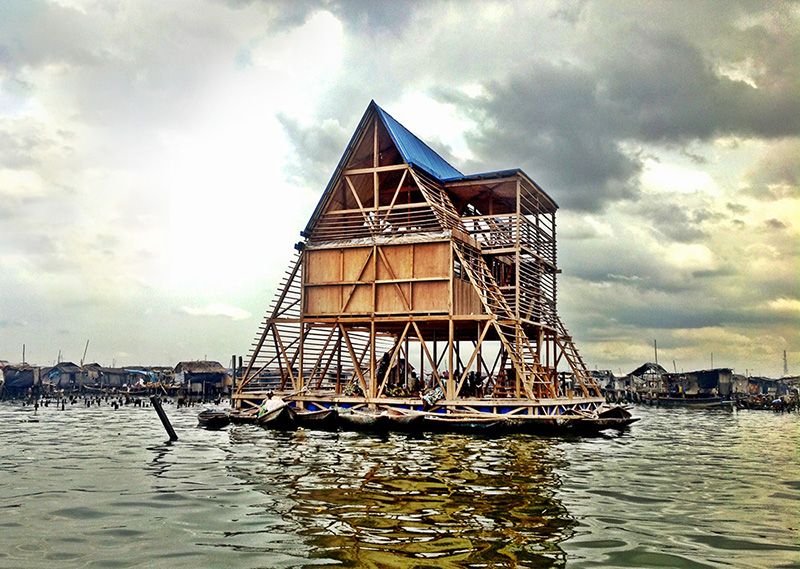
African architect Kunlé Adeyemi expresses a deep passion for social progress through his ground-breaking designs and urban planning
—
NLÉ is an architecture, design, and urbanism practice for developing cities and communities.
Such is the elevator pitch on the website homepage of Amsterdam-based NLÉ, founded by Kunlé Adeyemi, a native African architect who’s work reveals a deep mission to serve communities in need, and humanity as a whole, through conscious architecture and design.
I am neither an architect, nor an architecture critic. But I am moved by exceptional design on all scales, and especially interested in those elements of urban planning that have the power to elevate and coalesce a community.
Adeyemi is one of those rare visionaries that focuses on the impact of a project first, and then goes about the work of creating it.
His story is one of perseverance in the pursuit of his vision, despite setbacks, occasional condemnations, and other forms of external resistance. His passion rides a line between conviction and ego; brilliance and audacity.
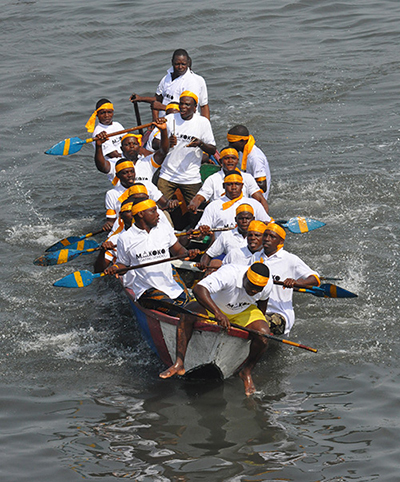
I first became aware of Adeyemi when I learned of an innovative floating school (pictured above) built in the aquatic community of Makoko in the lagoon heart of Africa’s second most populated city, Lagos, Nigeria. The unconventional, sustainably-crafted design addressed the shifting tidal and flooding conditions that rendered basic education a near impossible challenge for the existing land-based primary school. An estimated 100,000 people reside in Makoko in housing units built on stilts. Lacking roads, land, and any formal infrastructure, Adeyemi’s design would provide an adaptable hub not only for education, but also events and other community uses.
The Makoko Floating School, which was nominated for numerous awards, was actually more of a beta test — or so it would seem in hindsight. After three years of vibrant service to the community, the school was de-commissioned in the spring of 2016 for structural repairs and upgrades. As fate would have it, the building collapsed a few months later during a strong breeze and rainfall (there were no casualties). This event, as critics were quick to point out, called into question the architectural integrity of the school from the get-go. During its brief lifespan, however, the school fulfilled its promise; its legacy is revealed in an improved, pre-fabricated, multi-purpose, floating prototype called the MFS II, now on display in Venice, Italy.
The structure, according to NLÉ, “aims to identify, gather and cultivate the intelligence of communities and cities by water with a motivation to bridge inequality by improving social, economic and environmental conditions worldwide. It is an opportunity for us to think, build, and live differently, by facing challenges in this age of rapid urbanization and climate change.” If ever there was a project with a sweeping, bold social mission, this is it!
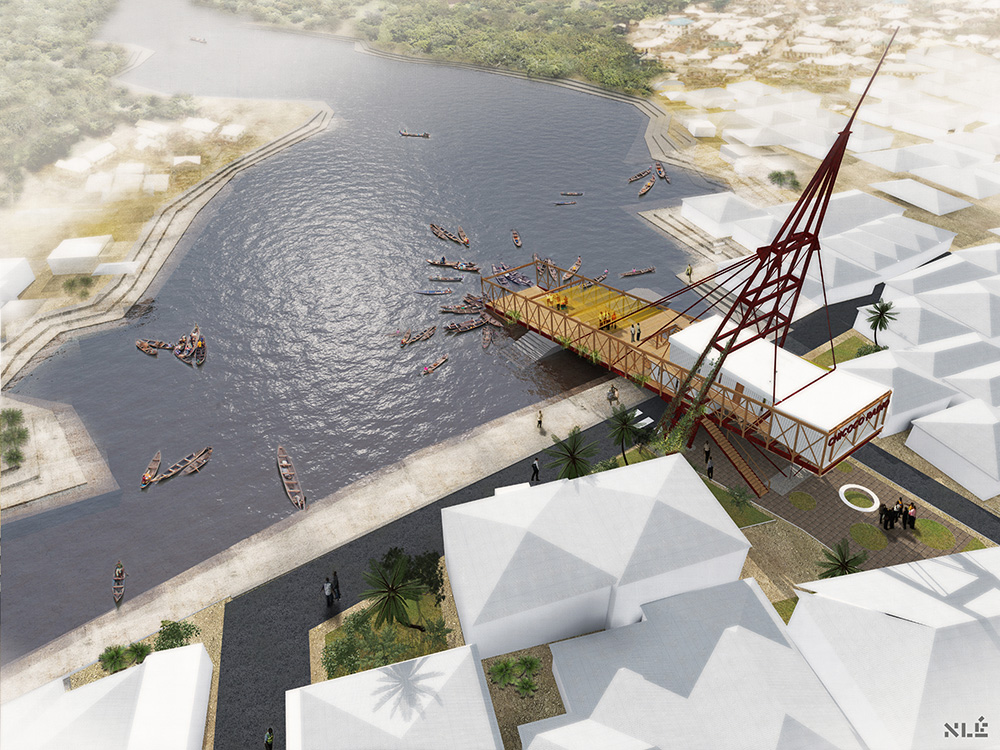
Another example of Adeyemi’s ingenuity in the face of coastal challenges is the forthcoming Chicoco Radio project — another floating structure that will house a media center anchored by a radio station. In the community of Port Harcourt, Nigeria, nearly 500,000 people live in waterfront settlements along the creeks that fringe the city. As the Nigerian government prepares to demolish these settlements, Chicoco Radio is the voice of the community during this tumultuous period. The new floating building will augment the capacity of the radio station, as well as provide much needed space for public congregation and expression.
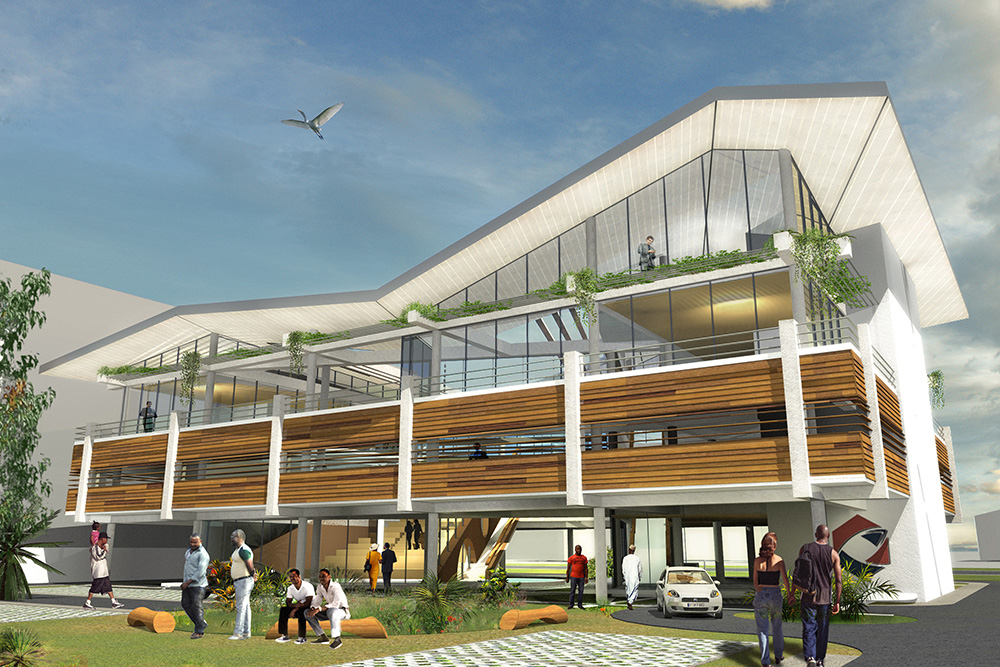
There are numerous other remarkable, socially-conscious urban projects from NLÉ (which, incidentally, means ‘at home’ in Yoruba), both completed and in-progress, including the CDL Microfinance Bank, which provides financing to low and medium income earners. Diverse as they are, the thread that informs each NLÉ design is the social impact it will have on the heart of a community — the common folk who live and work there. In an interview with the Tennessee chapter of the American Institute of Architects, Adeyemi remarks, “Think about challenges the people have if you address them from a point of authenticity. When [projects] are driven by real needs and real resources, you create a lot more impact.”
Adeyemi certainly earned his chops prior to opening NLÉ. Influenced by his father, an early modernist architect in Nigeria, he studied at the University of Lagos and then Princeton University followed by nearly a decade working at the Office of Metropolitan Architecture alongside its famed co-founder, Rem Koolhaas, among others. So how does Adeyemi describe the work of his company? He continues in the AIA interview, “We’re essentially a young, agile firm, growing… defining a path with the right projects that add value to places and people we serve. We are setting new standards with the people we work with. Bridging the gap — gaps of inequality. Gaps of access. Access to resources. Social access. That’s important to us.”
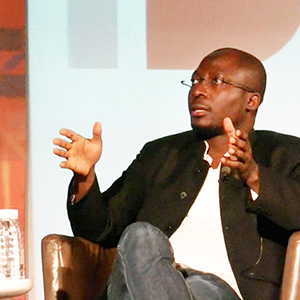
By that standard, there is no shortage of global projects worthy of Adeyemi’s attention. I hope that his mission will encourage the world’s most influential urban planners and community leaders to support — and fund — sustainable, environmentally responsible and socially conscious architecture. Adeyemi’s work certainly takes us one step closer to this ideal, and reminds me that when we work with authenticity, empathy, and passion, we are capable of attracting forces far beyond our own — forces which conspire on our behalf to manifest our visions, for ourselves and the greater good of all.
You may also enjoy reading Krash | Co-Living Space for Networkers by Bill Miles